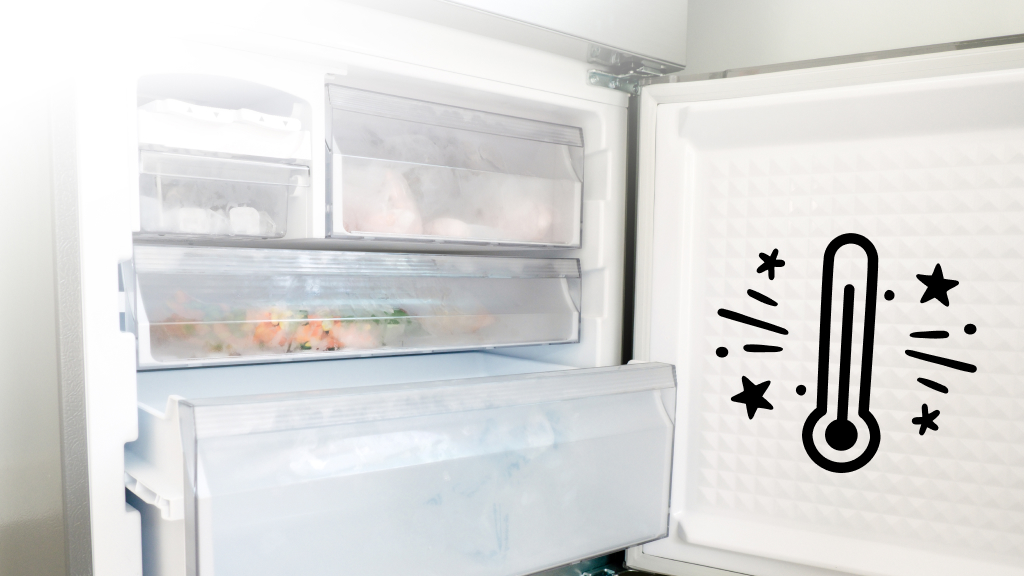If your washer won't stop filling up with water, it could prevent you from doing laundry until you get it repaired—or even flood your laundry room. Stressful, right? Don't worry. Our experts are trained and experienced with all major appliances, so they know how to help.
At Asurion, we don't just fix appliances, we fix the frustration you feel when yours don't work, whether it's a dishwasher that won't start or a washer that won't spin. Here's what to do when your washer won't stop running.
Why does my washer keep filling with water?
If your washing machine water won't shut off, there are a few possible causes:
- A damaged water inlet valve
- A broken water level switch
- A problem with the pressure hose or air dome tube
- Low water pressure
- A faulty control board
No matter what's causing your issue, here are some ways to put a stop to it.
Empty the tub
So, you're wondering what to do when your washing machine won't stop filling with water? Start by running a spin cycle to empty the tub. Next, grab a towel in case you need to wipe up water from the floor. Now you're ready to try our simple troubleshooting steps—make sure you follow them in order.

Psst... Got 2 minutes?
That’s how long it takes to get a care plan personalized for you:
✓ Coverage for thousands of devices ✓ Fast, quality fixes
✓ Hands-on help when you need it
Check the water inlet valve
Water flows into your washing machine during the wash and rinse cycles through the water inlet valve. If your washing machine won't stop filling, the valve may be damaged or stuck open. Here's how to test it:
- Turn your washer on and let it start filling up.
- As it's filling, disconnect the power to your washer.
- If the water keeps filling, you'll know the water inlet valve didn't close. (It's most likely broken, and you'll need to replace it).
- Immediately turn off the water so the washer doesn't overflow.
If the washer stops filling when you unplug it, then your problem is probably with the electrical circuit that controls the valve.
Test the water inlet valve with a multimeter
You can check for an electrical problem with the water inlet valve with a multimeter, a tool that measures the electrical current in your appliance. Here's how:
- Unplug your washer or turn off the circuit breaker that it's connected to. If you don't, you might electrocute yourself.
- Remove your washer's rear panel to locate your water inlet valve. It's usually located directly behind the hose connections. (Read your owner's manual to be sure).
- Check the valve for any damage—you'll need to replace a broken valve.
- Look for and carefully remove any debris stuck in the screens.
- With your multimeter set to Rx1, touch the probes to the valve's terminals. Refer to your owner's manual for the correct reading for your appliance. If your reading doesn't match the recommended levels, you'll need a new valve.
Test the water level switch
The water level switch sends a signal to the tub to stop filling with water. If your washer is filling with too much water, the two sets of contacts on the water level switch may have fused. Or there may be a leak in the pressure hose or air dome tube, which connect the switch to the tub.
To find out, start by checking your owner's manual to confirm that your machine has a water level switch—some top-loading washers don't. Then use a multimeter to test that it's able to carry an electric current.
To access the water level switch:
- For top loaders, remove the water level control knob.
- For front loaders, remove the top panel or remove the screws at the back of the control panel and lift it up.
Next, for both models:
- Remove the pressure hose from the switch.
- Remove the wiring harness and detach the switch from the washing machine.
- Attach one multimeter probe to the power terminal and attach the other to the water inlet valve terminal on the water level switch.
- Check for continuity—this means your switch is working properly.
- Softly blow into the hose fitting on the switch. It should lose continuity. If it doesn't, the contacts are fused, and you'll need to replace them.
Check the pressure hose or air dome tube
Make sure your machine is still unplugged, then follow these steps to check the pressure hose or air dome tube:
- Open your washer's panel and remove the water level switch, then remove the pressure hose or air dome tube.
- Inspect the tube to see if it's clogged—if it is, clear it out.
- Take the air dome tube, plug one end closed, then submerge the tube in water.
- Blow on the other end of the tube. If bubbles come out, the tube is damaged.
- Check the tube for any cracks or wear. (If you see any damage, the part will need to be replaced.)
Check the water pressure
It's unlikely, but your washer may be overfilling due to low water pressure, which could cause the water inlet valve not to close all the way. You can check to see if the water inlet valve filters are blocked (discussed previously here), which may solve the problem. If that doesn't do the trick, you may need to contact a plumber.
Inspect the main control board
If your washing machine still won't stop filling with water, you could have a faulty control board. If this component is glitchy, the cycles and functions of your washer will be out of sync, which could cause overflowing. We recommend reaching out to a washing machine professional for help.
Reliable protection for the major appliances you rely on
When your appliances don't work, we do. With Asurion Appliance+®, you get hassle-free coverage and 24/7 troubleshooting support for your current and future appliances—no matter the brand or where you bought them. But it’s not the only care plan we offer. Take our 2-minute quiz to find the right care plan for your appliances and tech, or learn more about how you can get total peace of mind with Asurion Appliance+.




